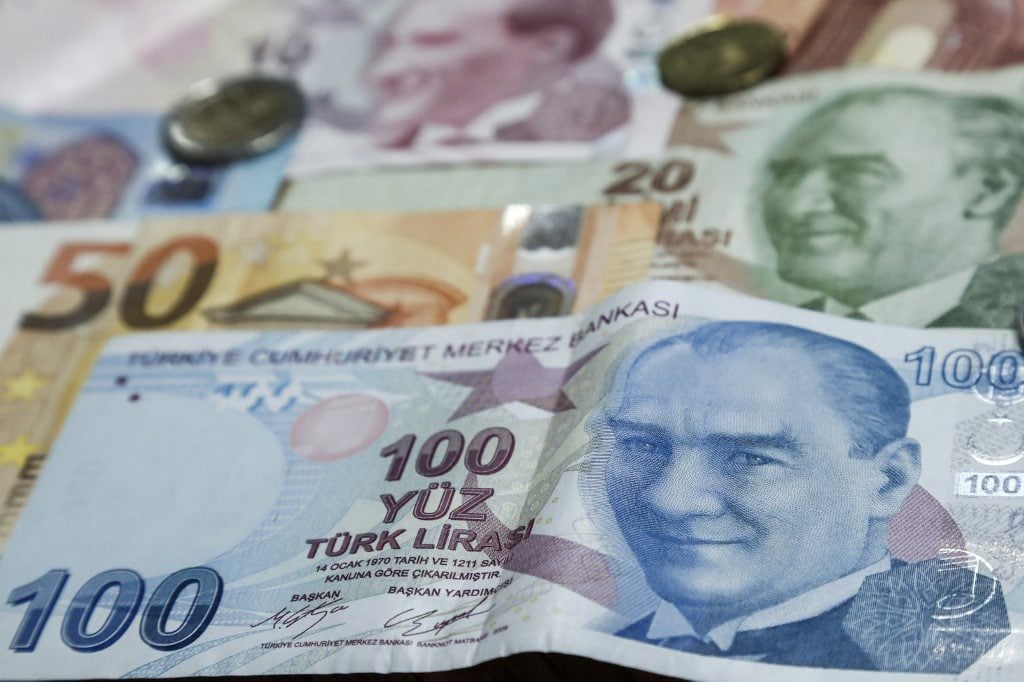
Adel Mojahed
From weakness to weakness, and from a bottom to another; the Turkish economy keeps crumbling, due to the crisis of local currency. The value of the Turkish Lira has been increasingly falling since electing Recep Tayyip Erdogan as president in the 2nd half of 2014.
GDP growth rates were high during the first 3 years of Erdogan’s reign. The rate reached its peak in 2017 at 7.5% – which was the third highest growth rate in a whole decade. Nevertheless, growth rate recorded a noticeable decrease in the very next year. The growth rate of 2.8% in 2018 was a looming nightmare for the Turkish economy. That nightmare became more apparent when the growth rate decreased to less than 1% in 2019.
The Turkish Lira
The Turkish Lira has not been stable since the beginning of the millennium. Rather, it kept losing value gradually versus the main international currencies. In 2000, the USD recorded an exchange rate of 0.63 Lira. However, the exchange rate in 2001 leant in favor of the US dollar as it doubled to record 1.2 Lira for each 1 USD. In 2005, the dollar’s price increased to 1.34 Lira. The same trend persisted as the dollar amounted to 1.5 Lira in 2010, 2.72 Lira in 2015, and all the way to 3.65 Lira in 2017. An average exchange rate of 4.83 and 5.67 Lira has been recorded in 2018 and 2019 respectively. The worst exchange over the past 30 years has been recorded in October and November 2020 as the rate surpassed 8 Lira.
The economic growth supported by foreign loans contributed to increasing inflation rates during the current decade, to the point where the Turkish economy was labeled as (The Inflation Economy).
The first decade of the millennium started with the worst economic crisis in the country over more than half a century. The Turkish economy could not ease until the end of the decade. As a result, the government tended to adopt expansionary monetary policies by fixing interest rates at low rates, and by helping companies to get foreign loans at low interest rates. Such a policy has been followed to give the economy a push, in addition to increasing production and consumption rates altogether. However, the consequential effects of fixing interest rates and the high economic growth, in addition to a chain of geopolitical events and the financial risks of loans, quickly threatened the country’s economy. That meant putting an increasing pressure on the local currency which eventually led to the recent breakdown.
Trade Balance
The increasing growth in exports was met with increasing growth in imports. The balance of trade recorded a huge deficit that reached its peak in 2017, recording $ 77.6 billion. That came as a result of the gap between exports and imports, with an increase of 39% compared to 2016. Although the trade deficit regressed to 29% and 60% in 2018 and 2019 respectively compared to 2017, the demand on the USD remained at high levels. Consequently, wounds of the Turkish Lira’s deepened.
As the government persisted in fixing interest rates during the past years and keeping them at low levels, inflation increased at risky rates. Inflation recorded about 18% in the 3rd quarter of 2018; something that worsened the already staggering currency against the background of the conflicts with the USA. Here, it has to be known that the same causes and motives of those conflicts still exist until now.
The wound was deepened even more due to the ongoing flee of foreign investors since mid- 2018. By this, those investors tried to preserve their investments. This meant putting a new pressure on the Turkish currency. In turn, that meant an increase in the demand on the main international currencies – mainly the USD and Euro.
Conclusion
To sum up, the Turkish currency remains in danger amid many crises. The list includes the increasing concerns about Washington imposing new sanctions on Ankara, the current tensions with the European Union, the territorial conflict with Greece, the huge loss of reserves and the brunt of Coronavirus crisis. And in any case, the same concerns will remain even after the recent decision of the Turkish Central Bank to raise its benchmark rate by 475 bps to 15% to mitigate the negative effects of the expansionary economic policies.
DISCLAIMER
The opinions expressed in this publication are those of our bloggers. They do not purport to reflect the opinions or views of Fanack or its Board of Editors.


